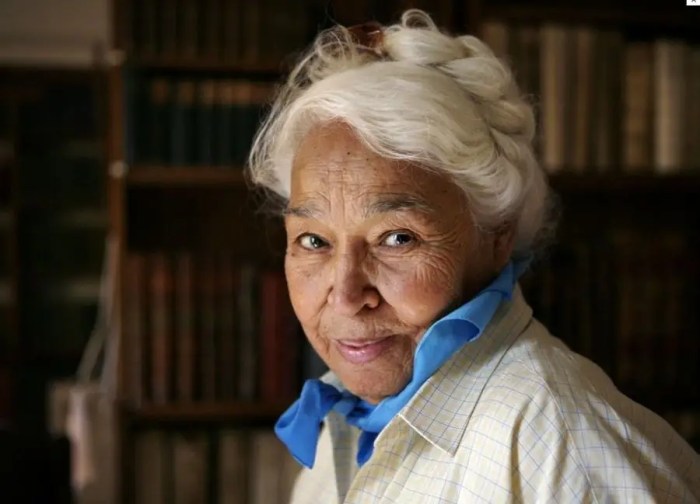In Camera by Nawal El Saadawi, a thought-provoking novel, takes readers on a journey through the complex worlds of identity, oppression, and resistance. With its unique narrative structure and insightful exploration of feminist themes, this literary masterpiece offers a profound examination of the human condition.
El Saadawi’s powerful storytelling delves into the experiences of women in a patriarchal society, shedding light on their struggles for autonomy and self-expression.
Feminism in “In Camera”

Nawal El Saadawi’s “In Camera” delves into the complexities of gender inequality and patriarchal oppression, offering a powerful critique of these societal structures. The novel explores the experiences of women within a patriarchal society, highlighting the systemic barriers they face and the resilience they exhibit in the face of adversity.
El Saadawi’s feminist critique extends to the examination of power dynamics within relationships, particularly those between men and women. Through the character of Firdaus, the novel exposes the ways in which women are objectified, controlled, and silenced within patriarchal systems.
Firdaus’s struggle to assert her autonomy and break free from the constraints imposed upon her serves as a poignant representation of the challenges faced by women seeking to navigate oppressive societies.
Portrayal of Female Oppression
- Physical and sexual violence: Firdaus endures repeated instances of physical and sexual abuse, reflecting the prevalence of violence against women in patriarchal societies.
- Psychological manipulation: Firdaus is subjected to psychological manipulation and gaslighting, undermining her sense of self-worth and autonomy.
- Confinement and isolation: Firdaus is confined to her home, isolated from the outside world, symbolizing the ways in which women are often confined to domestic spaces and denied opportunities for growth and self-expression.
Identity and Subjectivity
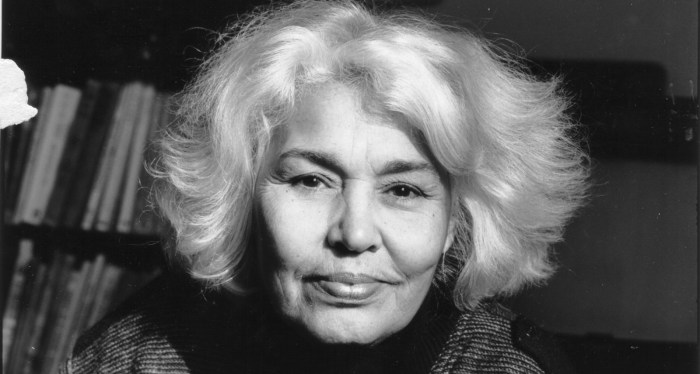
In “In Camera,” Nawal El Saadawi explores the complex and evolving identities of the female characters, examining how their experiences shape their self-perceptions and relationships with others. The novel delves into the tension between individual and collective identity, highlighting the challenges faced by women in a patriarchal society.
In Camera by Nawal El Saadawi delves into the experiences of women navigating societal constraints. Its exploration of female subjectivity and empowerment resonates with the struggles of Edna Felix George and Harriet, whose story here highlights the challenges faced by women seeking autonomy in a patriarchal world.
El Saadawi’s novel thus provides a lens through which we can understand the broader experiences of women striving for liberation.
Self-Perception and Identity Formation, In camera by nawal el saadawi
The female characters in the novel grapple with issues of self-perception and identity formation. Their experiences of oppression and objectification shape their understanding of themselves and their place in society. Through their interactions with each other and the male characters, they navigate the complexities of gender roles and societal expectations.
The Collective Identity of Women
Alongside individual identities, “In Camera” explores the collective identity of women. The characters recognize their shared experiences of oppression and marginalization, which unites them in a sense of solidarity. This collective identity empowers them to challenge societal norms and demand their rights.
The Tension Between Individual and Collective Identity
The novel highlights the tension between individual and collective identity. While the female characters share a common struggle, they also have unique experiences and aspirations. The tension between their individual needs and the demands of the collective creates a complex dynamic that shapes their relationships and choices.
Political and Social Context: In Camera By Nawal El Saadawi
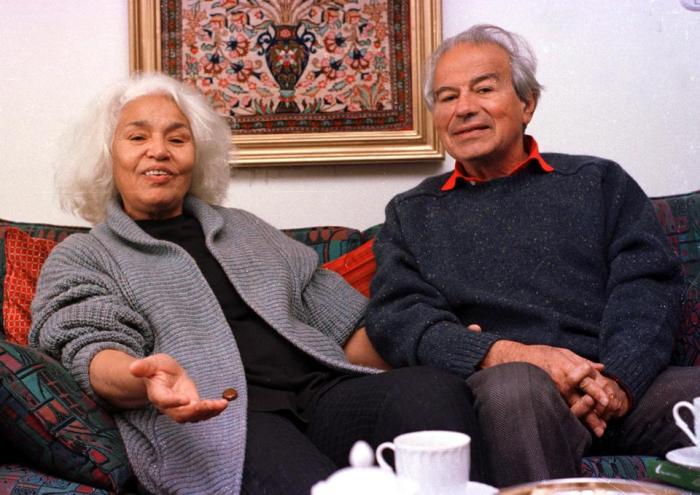
Nawel El Saadawi’s “In Camera” is a powerful and poignant novel that reflects the social and political realities of Egypt in the mid-20th century. Written during a period of political turmoil and oppression, the novel offers a scathing critique of authoritarianism and state violence.
Historical Context
Egypt in the mid-20th century was a country in transition. The country had recently gained independence from British rule, but it was still struggling to find its footing. The military played a dominant role in politics, and there were frequent outbreaks of violence.
The government was often accused of human rights abuses, and the people lived in fear of arrest and torture.
Social and Political Realities
The novel “In Camera” reflects the social and political realities of Egypt in the mid-20th century. The novel’s protagonist, Firdaus, is a young woman who is arrested and tortured by the government. Her story is a microcosm of the experiences of many Egyptians during this period.
The novel also explores the themes of gender inequality and sexual violence, which were prevalent in Egyptian society at the time.
Critique of Authoritarianism and State Violence
The novel “In Camera” is a powerful critique of authoritarianism and state violence. The novel shows how the government’s use of violence and oppression can destroy the lives of individuals. The novel also shows how the government’s actions can create a climate of fear and distrust, which can make it difficult for people to speak out against injustice.
Narrative Structure and Style
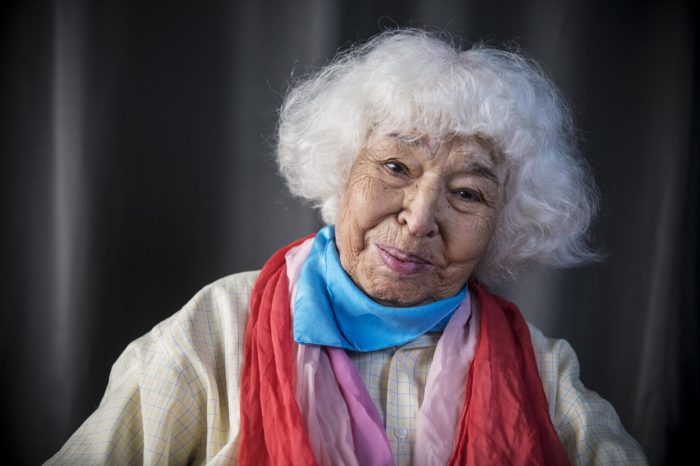
The narrative structure of In Camerais highly unconventional, employing multiple perspectives and fragmented timelines to create a complex and disorienting reading experience. The novel is divided into four sections, each narrated by a different character, and each section is further fragmented into a series of short, disconnected vignettes.
Multiple Perspectives
The use of multiple perspectives allows Saadawi to explore the events of the novel from different angles, highlighting the subjective nature of experience and the impossibility of a single, objective truth. The reader is presented with a kaleidoscopic array of viewpoints, each of which is equally valid and equally unreliable.
Fragmented Timelines
The fragmented timelines of the novel create a sense of disorientation and uncertainty. The reader is constantly jumping back and forth in time, trying to piece together the events of the novel in a coherent manner. This fragmentation reflects the characters’ own disorientation and confusion, as they struggle to make sense of their experiences.
Vivid Imagery, Symbolism, and Allegory
Saadawi’s writing is highly evocative, employing vivid imagery, symbolism, and allegory to create a powerful and memorable reading experience. The novel is filled with surreal and dreamlike imagery, which serves to underscore the characters’ psychological states and the oppressive atmosphere of the prison.
“The walls were closing in on me, suffocating me. I felt like I was being buried alive.”- Firdaus
Saadawi also uses symbolism throughout the novel to explore her themes of oppression, violence, and resistance. The prison itself is a symbol of the patriarchal society that oppresses women, while the characters’ experiences within the prison represent the ways in which women are silenced and dehumanized.
“We are not women. We are not human. We are nothing but animals.”- Firdaus
Finally, Saadawi uses allegory to create a broader political and social commentary. The novel can be read as an allegory for the oppression of women in Egypt and the Middle East, as well as for the broader struggle for human rights and freedom.
Critical Reception and Impact
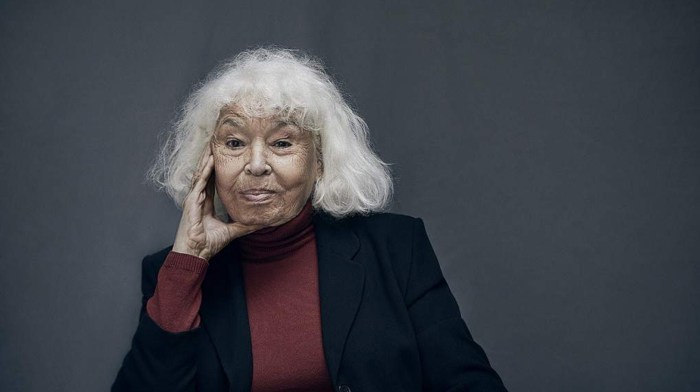
Upon its publication in 1978, “In Camera” garnered significant critical acclaim for its bold exploration of feminist themes and its unflinching portrayal of women’s experiences in a patriarchal society. Critics praised Nawal El Saadawi’s powerful writing style and her ability to articulate the complexities of women’s oppression.
In subsequent years, the novel’s reputation has only grown, and it is now considered a classic of feminist literature. It has been translated into numerous languages and has been widely studied in academia and beyond. “In Camera” has also been adapted into several stage productions and a film, further extending its reach and impact.
Influence on Feminist Literature and Cultural Discourse
“In Camera” has had a profound influence on feminist literature and broader cultural discourse. It helped to break down taboos surrounding women’s sexuality and challenged traditional gender roles. The novel’s portrayal of female desire and resistance inspired other feminist writers to explore similar themes in their own work.
Beyond the literary realm, “In Camera” has also influenced broader cultural discourse. It has raised awareness about the systemic oppression of women and has contributed to a growing understanding of the importance of women’s rights and equality.
Relevance and Resonance in Contemporary Society
“In Camera” remains relevant and resonant in contemporary society because it speaks to the ongoing struggles faced by women around the world. The novel’s themes of female oppression, sexual violence, and the search for identity continue to resonate with readers today.
Furthermore, “In Camera” offers a valuable historical perspective on the feminist movement. It provides insights into the challenges and triumphs of women who fought for equality in the past, and it inspires readers to continue the fight for gender justice in the present.
Questions Often Asked
What is the main theme of In Camera?
In Camera explores the complex interplay of identity, oppression, and resistance, particularly through the experiences of women in a patriarchal society.
How does Nawal El Saadawi critique patriarchal systems in the novel?
El Saadawi’s critique of patriarchal systems is evident in her depiction of the societal constraints and gender inequalities faced by the female characters.
What is the significance of the novel’s narrative structure?
The novel’s fragmented timelines and multiple perspectives contribute to its unique narrative structure, reflecting the fragmented and subjective experiences of the characters.
